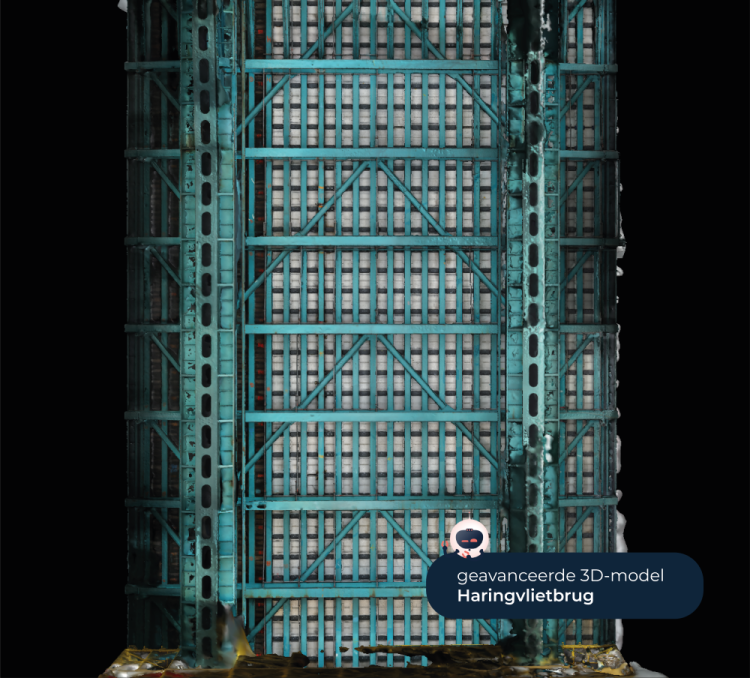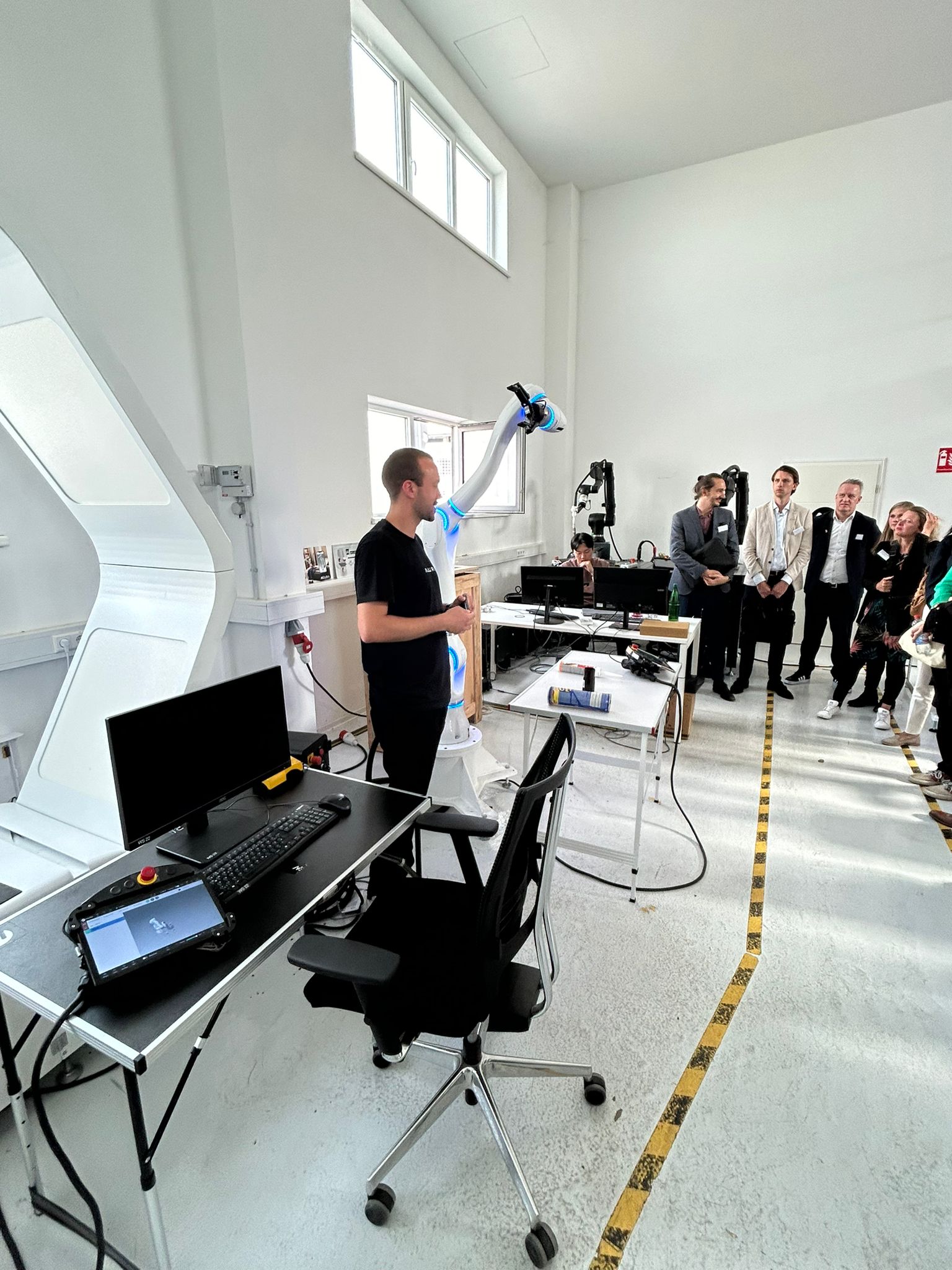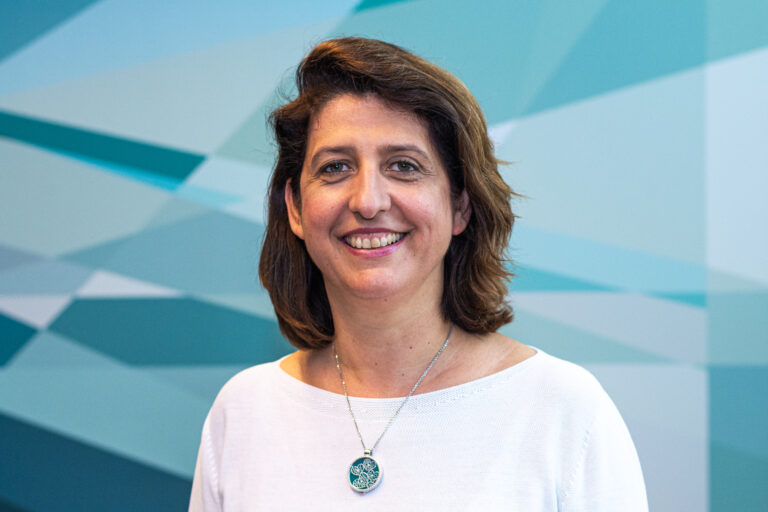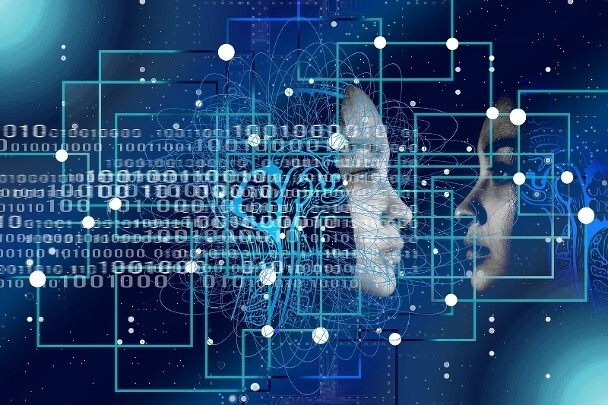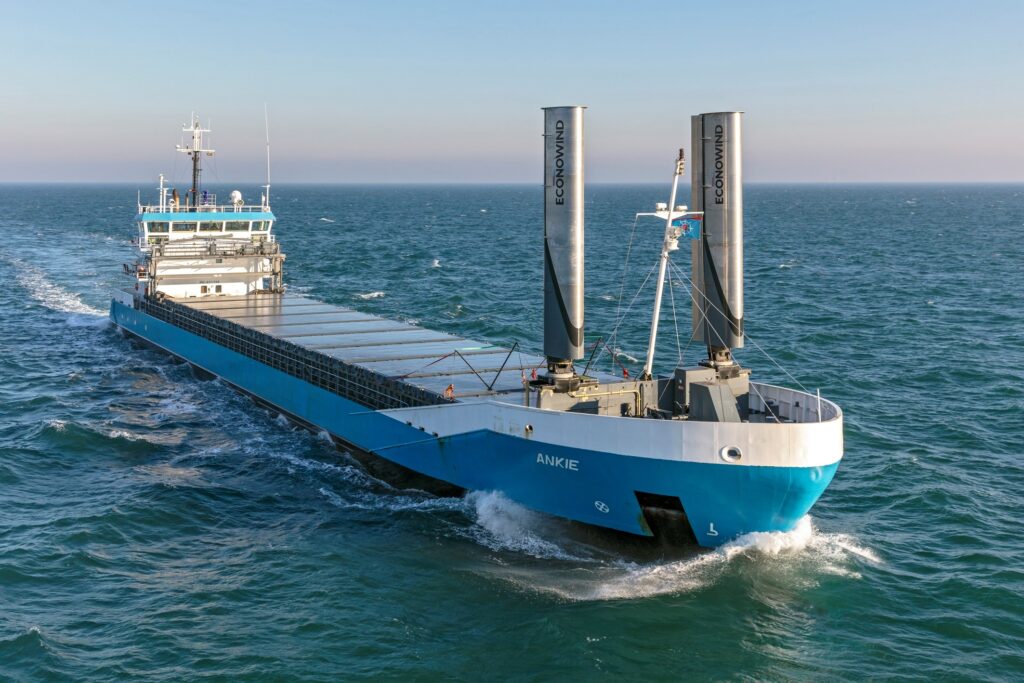Inspecting bridges, wind turbines, factories and high-voltage pylons can be quite a challenge for human inspectors, because awkward angles get even more awkward at great heights. For aerial inspection of infrastructure, Supplai therefore deploys drones. And what makes that unusual is that an AI solution allows the collected data to be analysed in real time, getting the most out of the business processes.
The underside of the Haringvliet bridge
Drones fitted with cameras are already a huge improvement compared to the images that human infrastructure inspectors can make manually. And Supplai, a start-up established in Ridderkerk, combines this with an advanced machine learning algorithm and a real-time video analytics solution based on AI. This makes their drones highly suitable for inspection flights and, for example, visualising the underside of a bridge in great detail.
AI project selected for MIT AI subsidies
Supplai has sponsored the submission of the ‘Real-time Video Analytics on Drones’ AI project to the MIT (a Dutch acronym for SME innovation promotion for regions and key sectors) scheme for 2022, supported and funded by the Netherlands AI Coalition (NL AIC). They were selected as one of the twelve projects, together with their partner the Dutch Drone Company (DDC). This project focuses on the development and application of edge-based algorithms to make detections in video footage using drones, automatically and in real time. This collaboration will help provide efficient solutions for time-critical inspections and for optimising downtime. “Besides the real-time work, we are collaborating with DDC on an optimal process in which the user can immediately start using the data obtained,” says Koen de Jong, CEO and co-founder of Supplai. “The tried-and-tested platform of Supplai allows corrections and additions to be made that improve the algorithm for the next flight.”
An end to time-consuming inspections
A nice example of the use of AI is the Haringvliet bridge. The road surface of the section that can be raised consists of aluminium plates that are attached by spring clips that can loosen due to vibration from traffic. It is a matter of waiting for that structure to be replaced by a solution without spring clips. Until then, it is important to inspect the current situation weekly. This is now being done by employees of Volker Engineering Structures (VES). Sailing under the lifting section is prohibited while they are doing their time-consuming inspection work. That is why VES has brought Supplai and DDC on board to carry out drone inspections and data analysis using AI.
Advanced 3D model
There are several advantages to the drone doing inspection flights under the Haringvliet bridge. To start with, data-driven inspection methods are much quicker. The results are also safer and more accurate. Additionally, shipping can continue to pass. And, thanks to the cooperation between Supplai and Dutch Drone Company, VES inspectors get access to a 3D model that they can use to view the digital representation of the bridge from various angles. The view is also extremely detailed.
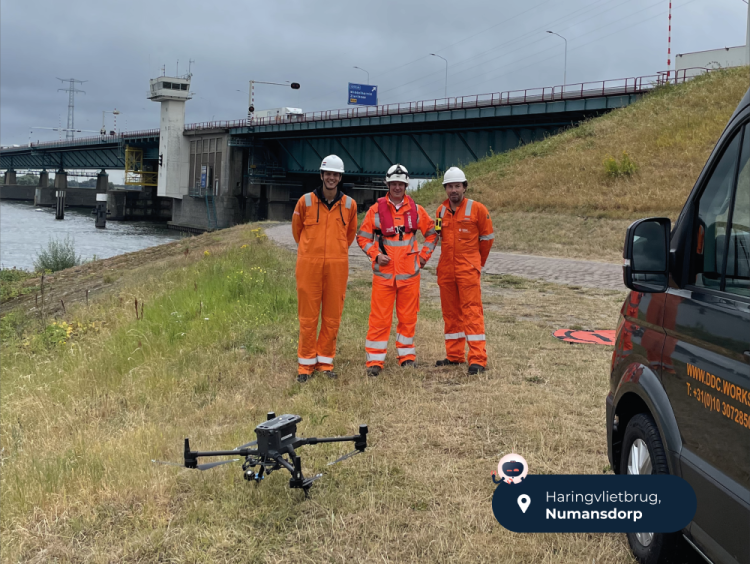
The role of AI
All of this involves an impressive amount of data and calculations. Without using AI, making that advanced 3D model would be impossible. The same applies to the real-time analysis, which makes it immediately obvious during the inspection flights if there are issues and Supplai can immediately raise the alarm, thanks to edge-computer Real-time Video Analytics. AI deep learning algorithms make it possible to sift through the enormous amount of data collected by the drones during the flight and extract precisely the images that show possible problems. This allows more frequent inspections, so that problems can be discovered more quickly and the risk of dangerous situations is reduced.
Details missed by the human eye
The drones are just a part of the equation. The breakthrough is in the fact that Supplai can use machine learning algorithms to make real-time analyses of aerial footage. This reveals details that are missed by the human eye. “Integrating AI and machine learning algorithms is the future of automation and robotics,” says Koen de Jong of Supplai. “Real-time analytics on drones isn’t only well-suited to infrastructure inspections. It’s also good for other situations where it is important to detect and analyse activities, behaviour or movements. If a fire breaks out somewhere, for instance, or if people are moving about suspiciously or behaving abnormally. Think of crowd management at large gatherings of people.”
A cooperative mentality is indispensable
The combination of drones, advanced AI technology and the cooperative mentality that is indispensable for this type of project means that Supplai has everything it needs to take Real-Time Analytics on Drones to a higher level. They’re a start-up to keep an eye on!
More information
Supplai is member of the NL AIC and is part of the Dutch selection for the European AI Startup Landscape. If you are interested in more information about this start-up, visit the Supplai website or send your questions to Koen de Jong (CEO, Supplai) through their contact form.
Interested in the MIT scheme?
SMEs, including many start-ups, have an important economic and innovating role. Research has shown that SMEs run up against numerous obstacles when implementing AI. The next round of the MIT scheme to bridge the gap between the knowledge base and the application of AI innovations starts in the first quarter of 2023 and will be supported from the AiNed programme developed by NL AIC. This scheme will be repeated every year until 2026. You can keep up to date on the AiNed programme website.
